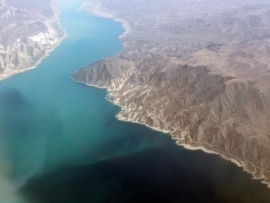
Central Asia is quickly emerging as a global center of hydrocarbon production, but the ambitious transnational pipelines built to access this oil and natural gas wealth may become obsolete sooner than anticipated.
Since at least the 17th century, the Caspian basin supplied hydrocarbons of one form or another to markets in Europe, the Middle East and Central Asia. Naphtha, kerosene, mazout, petroleum, and now natural gas have all brought international interest and wealth to the otherwise economically underdeveloped region. Local entrepreneurs and foreign investors have made - and lost - fortunes as political, economic and technological changes either emanated from, or swept over, the region.
Today, Azerbaijan, Turkmenistan, Kazakhstan, and Uzbekistan produce substantial amounts of oil and natural gas, and stand to become major hydrocarbon exporters to a global market of increasing demand. This is true for both emerging economies like China and India, as well as energy-intensive developed countries in Europe. The challenge facing modern multi-national corporations and national petrol companies is the same - how to dispose of the region's resource wealth profitably. The best answer to date is to transport these gaseous and liquefied goods to the markets of greatest demand, China and Europe, via long-distance transnational pipelines.

